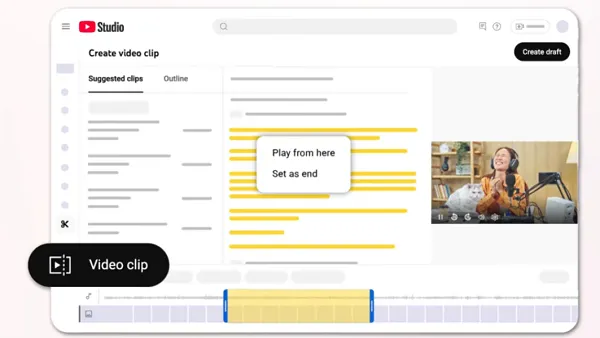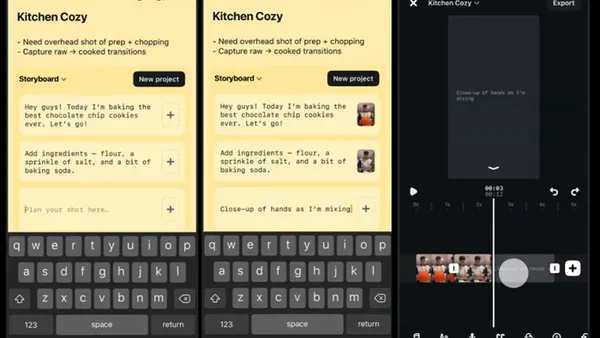Television does not appear to be suffering the same way as its older mainstream media cousin, the newspaper. Deloitte's 2009 "State of the Media Democracy" survey reports a 26 percent increase in the Americans choosing TV as their favorite type of media compared to the previous year. This is likely influenced by the recession. More than 70 percent of those surveyed rank watching TV in their top three favorite media activities. When ranked alongside activities such as surfing the Web, listening to music or reading, 34 percent of consumers place it at the top. This is a substantial increase from last year and more than double those selecting the number two choice, the Web, which came in at 14 percent.
When watching their favorite TV shows, 86 percent of respondents prefer watching on their television set, either live, via their DVR/TiVo, or using an "On Demand" feature. While less than 10 percent of Americans say they prefer watching the same content online, a growing number of consumers are using online platforms to watch their favorite TV shows.
Consumers are watching close to 18 hours of television programming on their home TV in a typical seven day week â€" up notably from less than 16 hours last year. Looking at the interest in TV - Web convergence, 65 percent of respondents would like to be able to easily connect their home TV to the Internet so that they can view videos or downloaded content. This is a significant trend that has gained strength over the last three years. Of course, the reverse could occur with more TV on computers. A move in this direction would allow for more search and data mining capabilities.
The study also looked at mobile device use. One-third of surveyed consumers use their mobile phone as an entertainment device and 47 percent of smart phone owners identify the device as one of their three most valuable media and entertainment products â€" a significant increase from 20 percent last year. I certainly use my iPhone as an entertainment device as much as a mobile phone.
The Deloitte survey also indicates that mobile phone use is rapidly separating the Internet experience from the desktop for almost half of the population. Forty-eight percent of those surveyed have data plans for their mobile phones and 42 percent are using their phones to access the Internet. The report suggests that this decoupling is expected to facilitate new consumer behavior including mobile search, social networking and purchasing.
The most popular mobile activities, according to the survey include: text messaging (72 percent), accessing the Internet (42 percent), online search (30 percent), downloading applications (27 percent) and using GPS (26 percent).
The report also looked at advertising. TV still holds strong here with 83 percent of consumers identifying TV advertising as one of the top three media with the most impact on their buying decisions. In the online world, over half of all U.S. consumers believe that online customer reviews and ratings influence their buying decisions more than any other type of online advertising, and 51 percent have purchased products based on an online recommendation. In addition, 24 percent of U.S. consumers would like to have an online service that recommends a product based on other consumers' preferences.
Social networking continues to rise. According to the survey, one-quarter of U.S. consumers are socializing online almost every day and nearly 60 percent currently maintain a social networking site, up from 48 percent last year. The connections maintained over social networks provide powerful sources for trusted recommendations. The content generated through social networking provides a rich source for understanding the collective mindset of consumers. A tool such as Darwin's Awareness Engine (TM) can help understand the themes emerging from these conversations and discover the unexpected.









